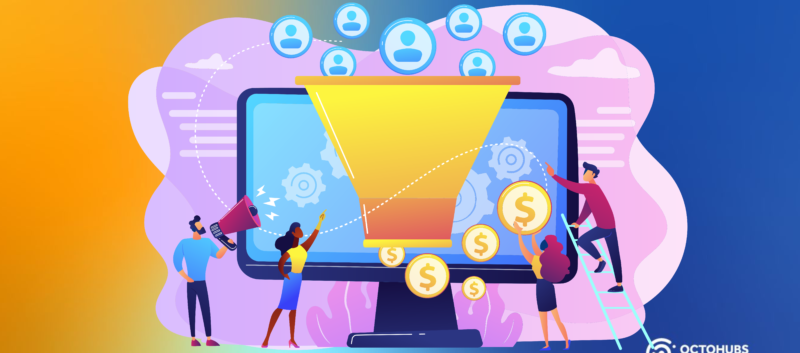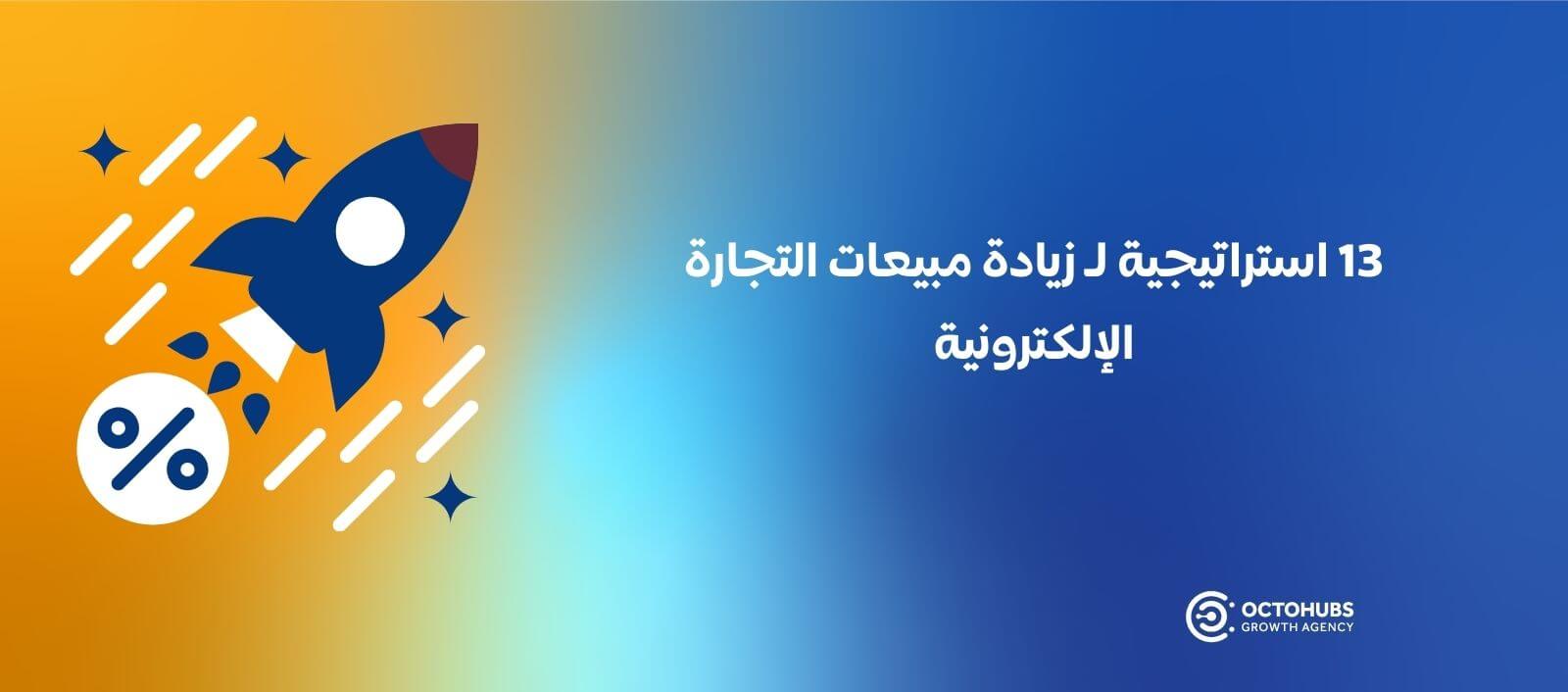In the contemporary and accelerating world of digital marketing that we live in today, it has been noticed that the impact of traditional marketing that relies on advertising strategies to attract potential customers to your products or services has decreased.
The effect is increased Inbound marketing Which follows a customer-focused approach, and is based on providing high value, which has earned it a miraculous attractive force.
This guide will help you understand the essential aspects of inbound marketing and how to integrate it into your marketing strategy and harness its power to achieve sustainable growth for your business.
What is Inbound marketing?
It is a forward-thinking business methodology that works on the principle of attracting potential customers to the company rather than paying money for ads to reach them.
This is done through:
- Craft valuable content tailored to customer needs and preferences
- Converting from direct selling of products or services to solving problems and forming strong bonds with the public.
What is the difference between internal marketing and external marketing?
Outbound marketing, the traditional form of marketing, often involves pushing unsolicited messages to consumers in an attempt to get their attention.
Examples of outbound marketing include television, radio, print ads, cold calls, and emails.

This style of marketing seeks to push a product or service to consumers regardless of whether it aligns with their needs or preferences at that moment.
This approach still has a place in mass marketing strategies, however it is often low impact and short term as consumers have more control over what they see and hear.
This is where inbound marketing comes into play. While consumers can choose to skip ads, filter emails, and even select the type of content that appears in their social media feeds, they are looking for types of content that offer value that they prefer and engage with.

For example, a cosmetics company can use search engine optimization to attract customers.
They can write his blog titled “10 tips to take care of oily skin”, and share it on social media.
A person interested in cosmetics may search for relevant information, find company posts, may subscribe to the newsletter or visit the online store to view the products of this company, all with their consent.
Inbound marketing also involves nurturing customers throughout their journey with your brand, providing them with relevant content and personalized experiences, personalized product recommendations, loyalty programs, and customer service.
By creating a positive experience at every touch point, inbound marketing not only attracts customers but also converts them into repeat buyers and brand ambassadors.
The four stages of internal marketing:
An inbound marketing strategy revolves around four phases: Attraction, Conversion, Closing, and Loyalty.

The first stage of attraction:
At this stage, companies attract potential customers by creating high-value content and responding to their inquiries.
Companies use different techniques, from content such as blog posts, and targeted ads, to social media content and mailing posts to attract potential customers.
The second stage conversion:
Once you have attracted visitors to your site, the goal is to convert those visitors into leads by collecting their contact information.
In the world of digital marketing, contact information of potential customers is a valuable asset to a company, and to get this information companies offer something of value to visitors such as e-books, access to webinars, etc.
The third stage of closure:
This stage is about converting those leads into customers. Here, tools like CRM systems and email marketing strategies play an essential role.
Nurturing potential customers with relevant content, tailored to their interests, and appropriate to their stage in the buyer's journey increases the likelihood of closing a sale.
Stage Four: Loyalty.
The final stage goes beyond conversion and focuses on keeping customers satisfied even after purchase, ultimately turning them into ambassadors for your brand.
This stage relies heavily on tools such as surveys, social listening, and smart content to continually meet and exceed customer expectations.
What are Inbound Marketing Strategies?

Here are the most common inbound marketing strategies:
Content marketing:
Content marketing adopts a strategic approach that focuses on creating and distributing valuable, relevant, and cohesive content to attract and retain a specific audience. It ultimately drives customers to make a purchase decision.
Content marketing takes several methods, including:
- blog posts
- video clips
- podcast
- Webinars
- Pictures and charts
- Case studies
- electronic books
- and others
Example of content marketing:
Let's say you're a company that sells nutritional supplements, your content marketing strategy might include creating a blog and posting nutrition tips for athletes.
You can also create recipe videos using your products, host webinars with nutrition experts, or publish research papers about the scientific benefits of your nutritional supplements.
The key is to provide value to your audience beyond what you're selling.
Search Engine Optimization (SEO):

SEO includes a wide range of strategies and techniques aimed at improving the visibility of your site in search engine results.
This includes researching keywords used by your target audience, optimizing pages and building links, in addition to improving sitemaps and speed.
Marketing on social media:

It's not just about posting regularly on social media platforms, it's also about the nature of the content.
Social media marketing requires creating interesting content, responding to customer feedback, supporting user-generated content, and leveraging paid advertising on social media.
An example of social media marketing:
A local restaurant might use Instagram to share mouthwatering photos of their dishes, host contests for free meals (thereby encouraging shares and likes), and respond frequently to comments and messages to build strong customer relationships.
Email marketing:

It's about sending the right message to the right person at the right time, this includes segmenting your email list based on various factors (such as customer behavior, interests), personalizing emails, tracking performance, and optimizing based on insights.
Email marketing example:
can serve Marketing automation Manage newsletter subscribers and segment users based on their journey with the product or service and then send personalized recommendations, along with promotions relevant to each segment. This increases the likelihood of customer engagement and retention.
Webinars or Live Broadcast:

Directly share valuable content with your audience, create an interactive environment through Q&A, live chats, and polls, promote it through various channels, and follow up with attendees afterwards.
An example of webinar and live broadcast marketing:
A software company can hold a series of webinars on application building best practices and the role of user experience.
They can promote these webinars on their website, social media, email newsletters, encourage sign-ups and thus contact them for future communication.
Generate leads:

The concept of lead generation revolves around providing high-value content or an irresistible service to potential customers in order to attract qualified leads who are likely to convert into customers.
Example of lead generation:
A digital marketing agency might create an e-book about conversion rate optimization that is offered to visitors in exchange for their contact information
This allows the agency to follow up on these leads, send them personalized messages, and gently nudge them down Sales funnel
Analysis and measurement:

To ensure the effectiveness of internal marketing strategy must be developed Key Performance Indicators (KPIs) Clear, analyze and measure every step because what cannot be measured cannot be managed.
What are the most important Key Performance Indicators (KPIs) For internal marketing:
- Website Traffic: High traffic shows that the content is resonating with the audience, you can track the traffic with tools like Google Analytics
- Shares on social media: Frequent shares indicate engaging and viral content. Tools like BuzzSumo measure it.
- Pageviews: High pageviews for certain content indicates audience interest, which helps guide future content creation and similar content generation.
- Conversion rates: A high conversion rate reflects the effectiveness of the marketing strategy in motivating the user to take a specific action.
- Bounce rate: A high bounce rate can indicate a defect in the site or landing page and the need to make improvements to the site or landing page.
Read also:
How to build high converting content (practical steps)
6 reasons that lead to a low conversion rate
Tips for incorporating inbound marketing into your marketing strategy:
Incorporating inbound marketing into your business strategy can revolutionize customer acquisition and retention. Here are some effective tips to get you started:
1. Understand your audience:
Before you start creating content, it is essential that you understand who your audience is. Develop buyer personas that represent your ideal customers, including demographics, interests, challenges, and goals, and understand Your customer's journey And the steps they take at each stage will help you create content that suits them and meets their needs.
2. Provide high-quality content.
The essence of inbound marketing is to provide valuable content that attracts potential customers. Create high-quality, informative content that helps your audience solve problems or learn something new. This content can be blog posts, e-books, infographics, or videos and podcasts.
3. SEO
Make sure your content is discoverable by optimizing it for search engines. Use relevant keywords in your content, make sure your website is user-friendly, and include internal and external links to boost your search engine rankings. Visit our partners, – the leaders in fashion footwear!
4. Build a strong presence on social media:
Use social media platforms to promote your content and engage with your audience. This increases the reach of your content and also allows you to interact directly with your audience, building trust with them.
5. Use strong calls-to-action (CTAs):
To convert your visitors into leads, include compelling CTAs in your content. CTAs can direct visitors to product or service pages or to a specific landing page, where they can access more valuable content in exchange for their contact information.
6. Nurturing Leads Through Email Marketing:
Once you've collected leads, nurture them through email marketing, send personalized emails with content tailored to their interests and needs.
This keeps your brand top of mind and gently guides them down the sales funnel.
7. Analysis and Measurement:
Use analytics tools to track the success of your marketing efforts. Watch Key Performance Indicators Such as website traffic, social shares, and conversion rates. Use this data to understand what works and what doesn't, and adjust your strategy accordingly.
Conclusion :
Inbound marketing, with its customer-centric approach, reflects the evolution of consumer behavior in the digital age.
This modern method is all about attracting, engaging, converting, and delighting customers, not just to make a sale but to build strong, long-term relationships that generate loyalty and word-of-mouth referrals.
An understanding of inbound marketing principles and tactics enables companies to devise effective strategies that fuel growth while also enhancing customer satisfaction
Remember, inbound marketing is not a one-size-fits-all approach. It takes time, effort, and constant refinement of strategies to get impressive results.
But with these tips, you're well on your way to creating a powerful inbound marketing strategy that will attract, engage, and delight your customers.
Stop waiting for growth to happen, control it.
Our growth acceleration service is designed to advance your company's progress through strategies built on the latest insights and proven methodologies. Take control, and let us accelerate your business growth today. If you want to go through this experience and to be your partner in success, Contact Us Now And immediately start implementing your company's growth strategy with Octohps









1 Comment. Leave new
A really interesting and useful article for every business owner. Thank you all
http://www.mady-tech.com